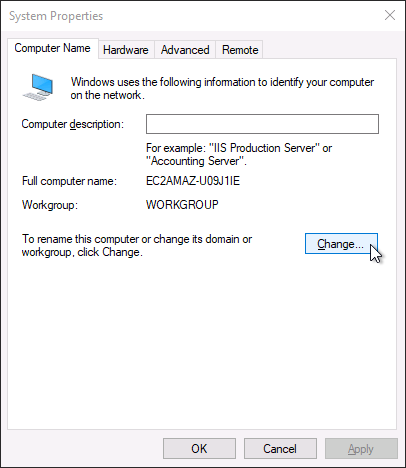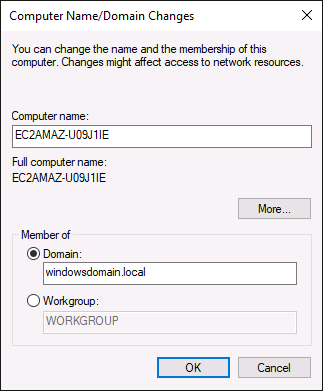How to Domain Join a Windows 10 Computer
Adding a PC to Your Windows Domain Only Takes a Few Steps
In larger Windows environments, most PCs will be joined to a Windows Domain. The domain is controlled by a domain controller (DC) and it is used to manage users (in Active Directory), hardware (such as PCs and printers), group and security policies, and a host of other things. If there is a Windows Domain/DC already running in your environment, it really only takes a few steps to domain join your Windows 10 PC. The process can be (and often is) scripted or built into an image deployment, but here we will focus on the process of manually joining one PC to the domain.
In order to join any Windows Domain you will need a user account set up in Active Directory (AD) on the DC. This guide assumes that the AD DC is already set up.
Note: You cannot domain join a PC on a Home version of Windows (all other Windows 10 versions should work). Your local account must also be an Administrator.
Domain Joining the PC
Click on the start button, type “sysdm.cpl” and press Enter – this will open the System Properties window. You should be on the Computer Name tab of this window. Alternatively, the System Properties window can be navigated to from the normal System Settings and Advanced System Settings windows.

The Computer Name Tab of the System Properties Window
On the Computer Name tab click “Change.” This will open a new dialog with your computer name and a section called “Member of,” which has two selectable radio dials, one for Workgroup and one for Domain. By default your computer will be a member of “Workgroup.”
Select Member of “Domain” and enter in the FQDN of your Windows Domain, for example, a Windows Domain might look like “windowsdomain.local”

Enter the Name of the Windows Domain You Wish to Join
Once you’ve entered in your Windows Domain name, click OK. You will be prompted to enter your AD username and password. Go ahead and do so. Once you have authenticated against AD, you will get a welcome message. Congratulations, you’ve now successfully joined your Windows Domain!

Welcome to the Domain!
You will be prompted for a restart to finalize things, after which you will be able to log into the PC on the domain using your AD credentials.
NOTE: To log back into the computer with the local account, put a “.” in front of the username. For example, if you wanted to log in to the local computer with the local Administrator account, you’d enter “.Administrator” at the log in screen. This would bypass the domain and instead log back in to the PC locally.